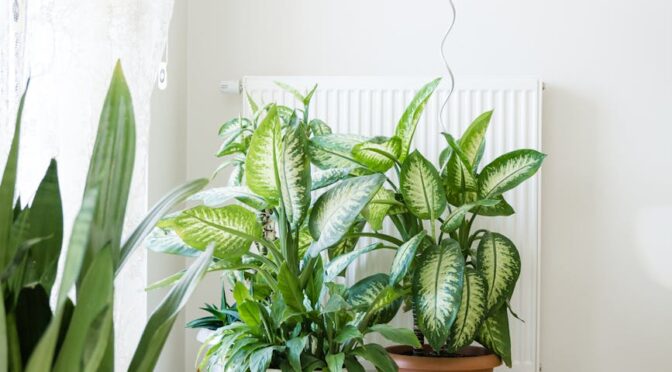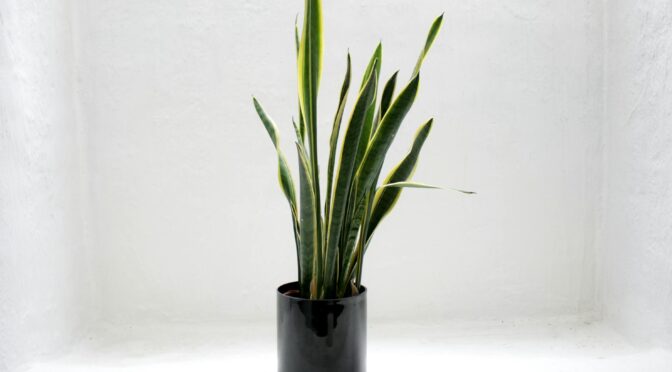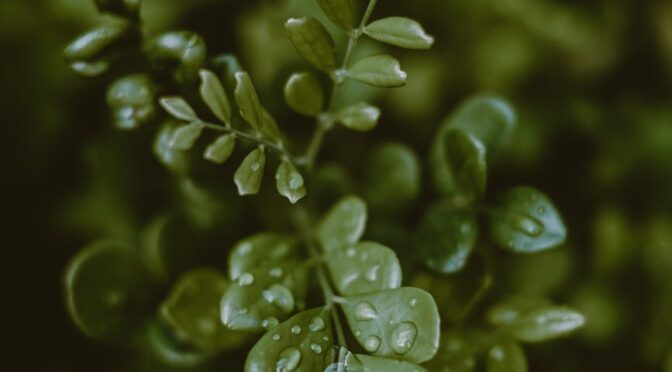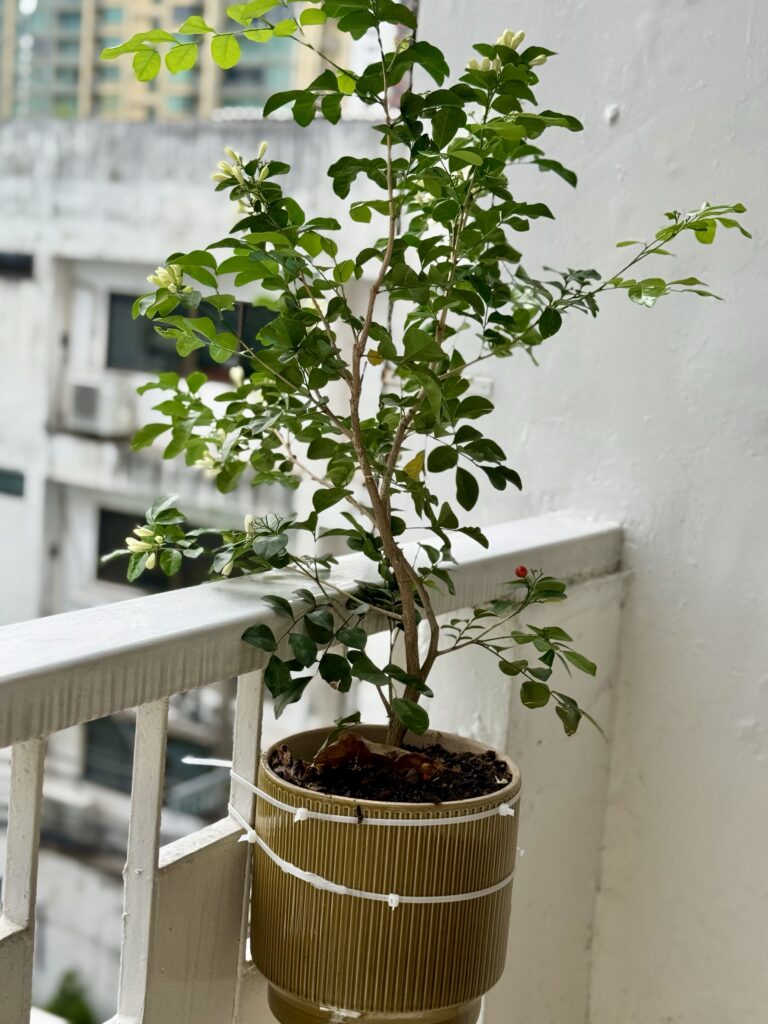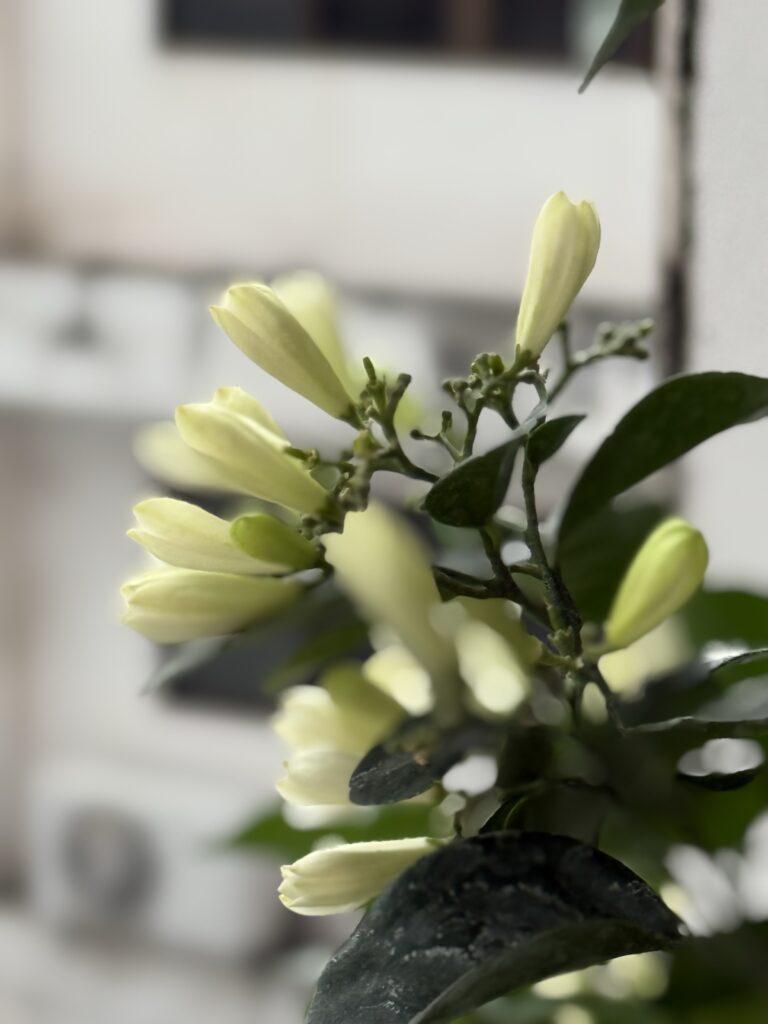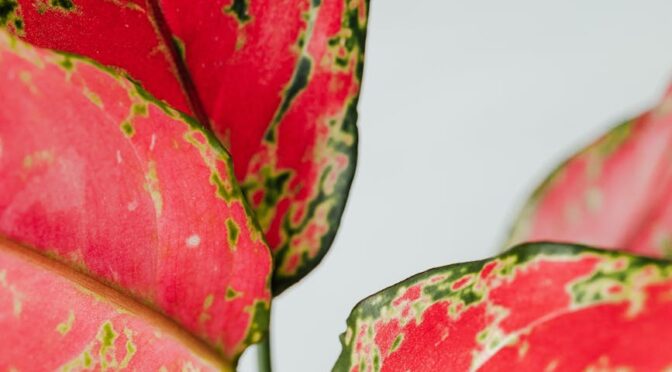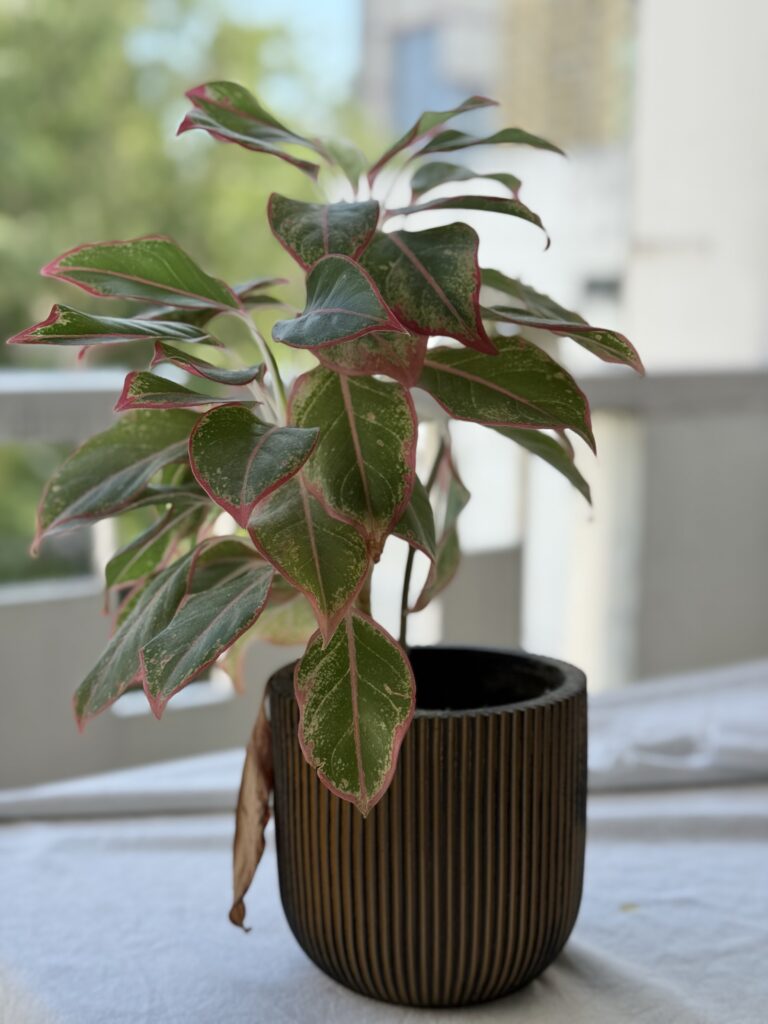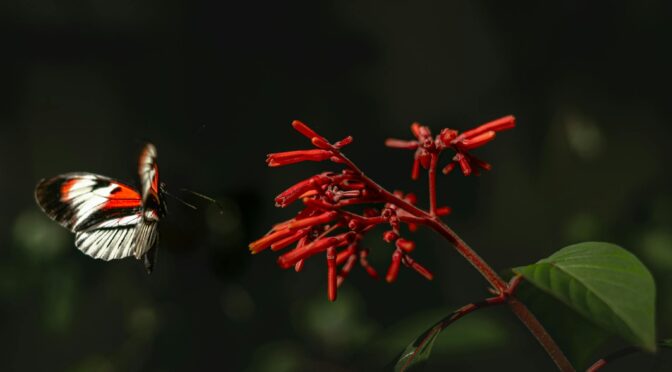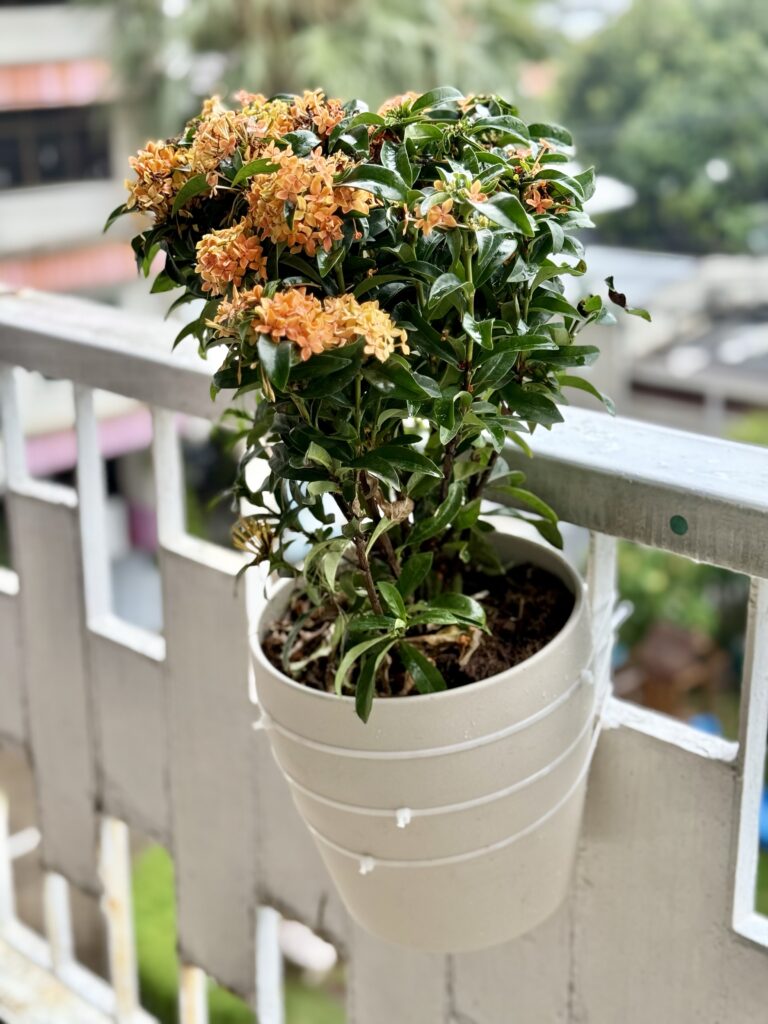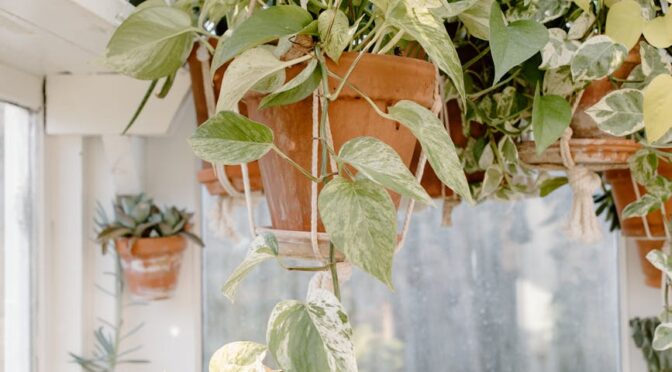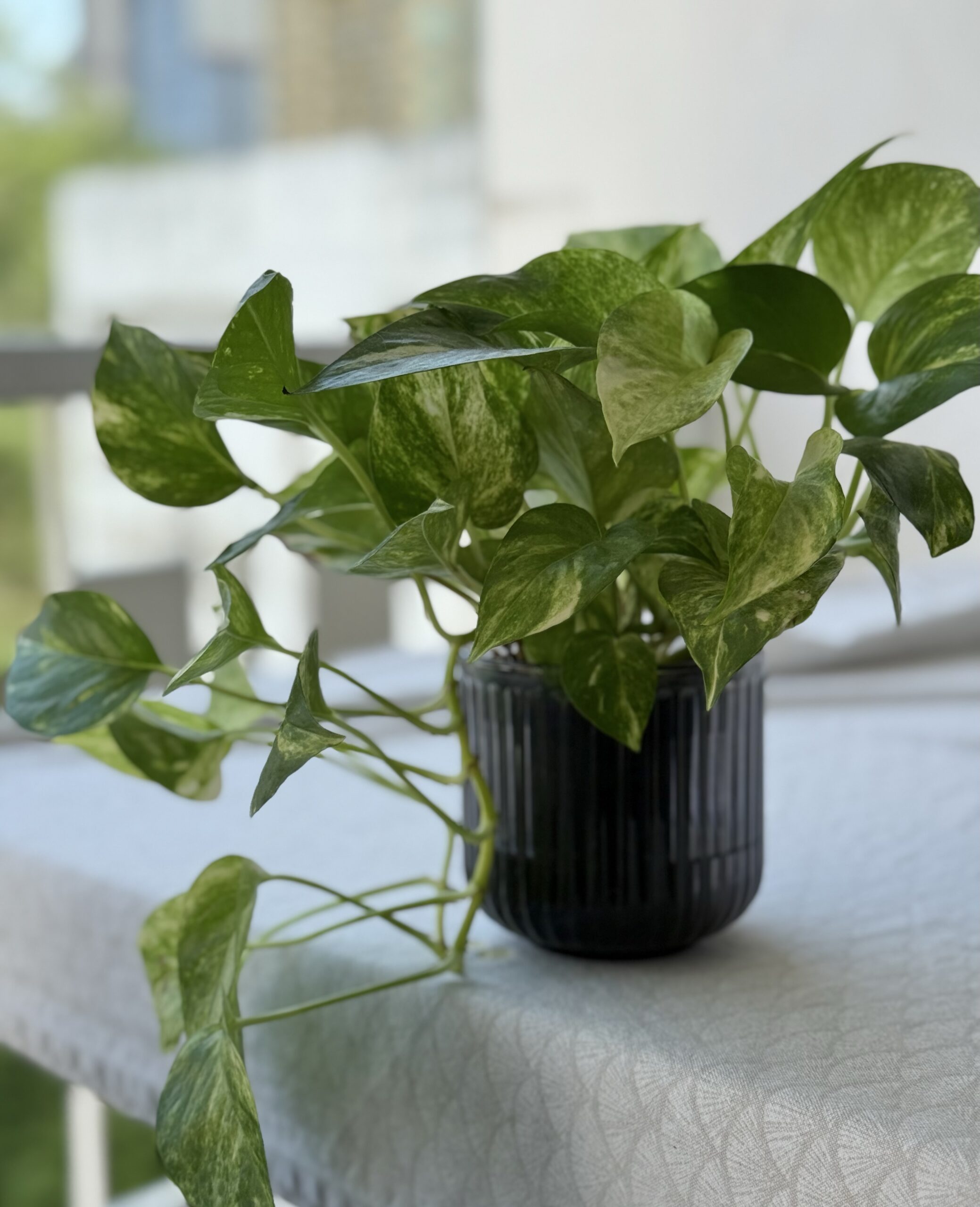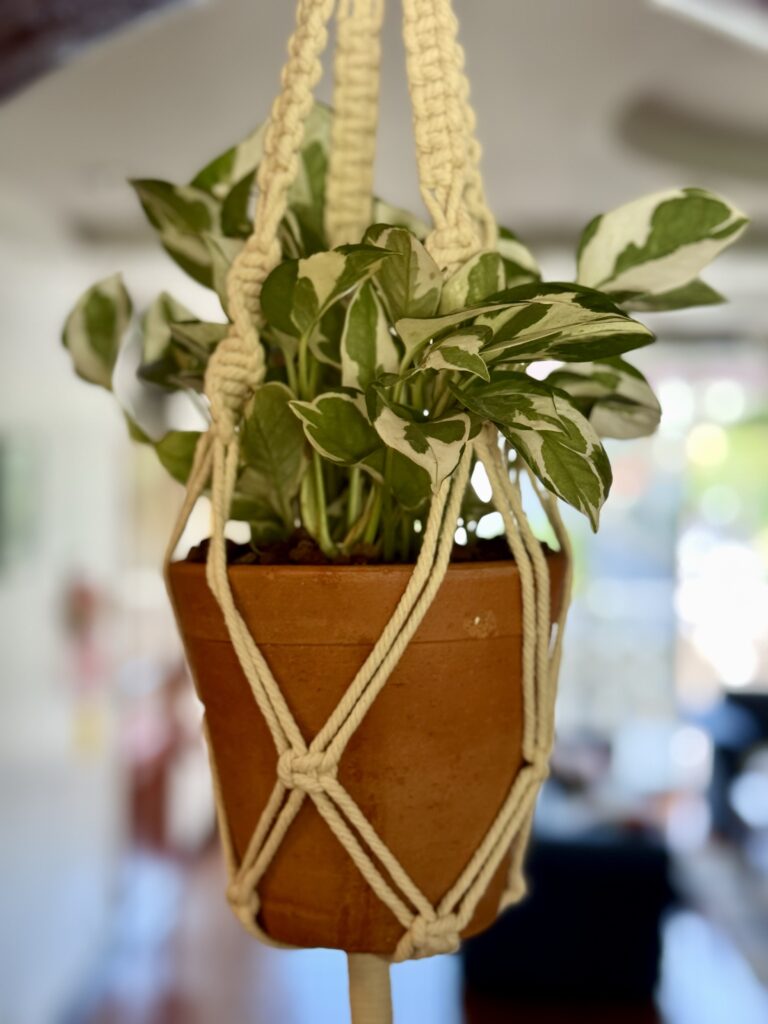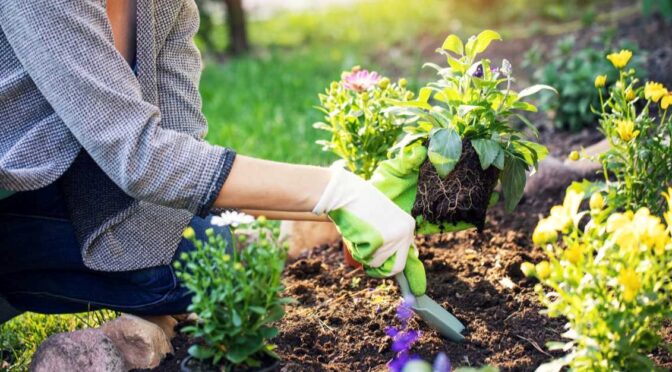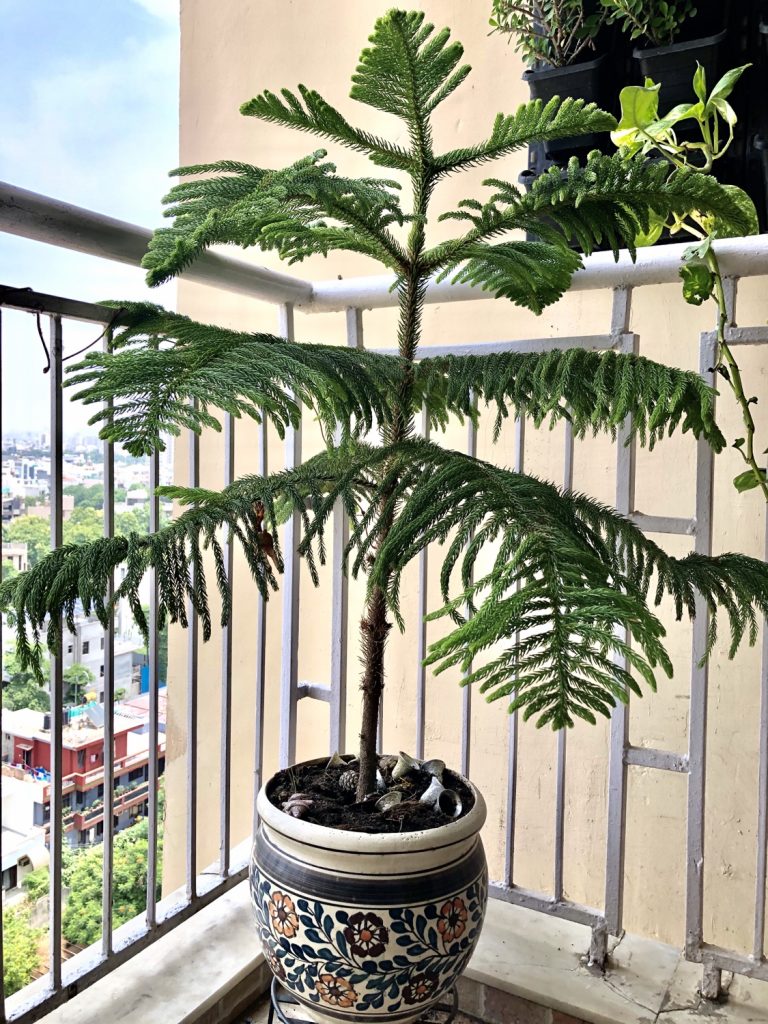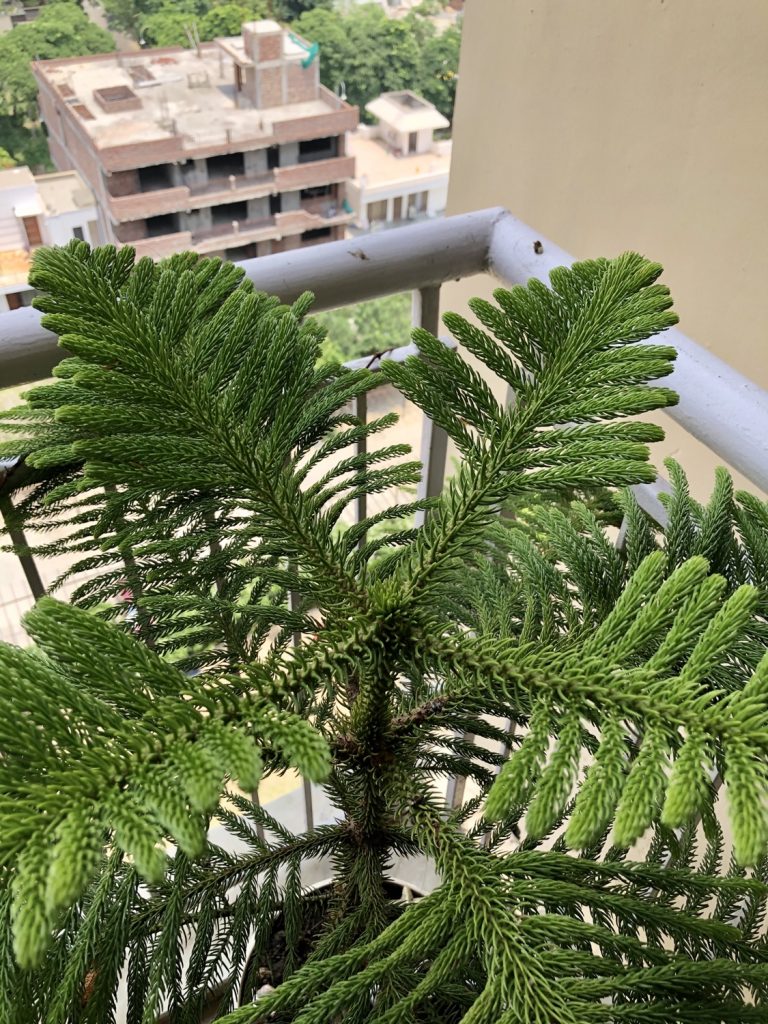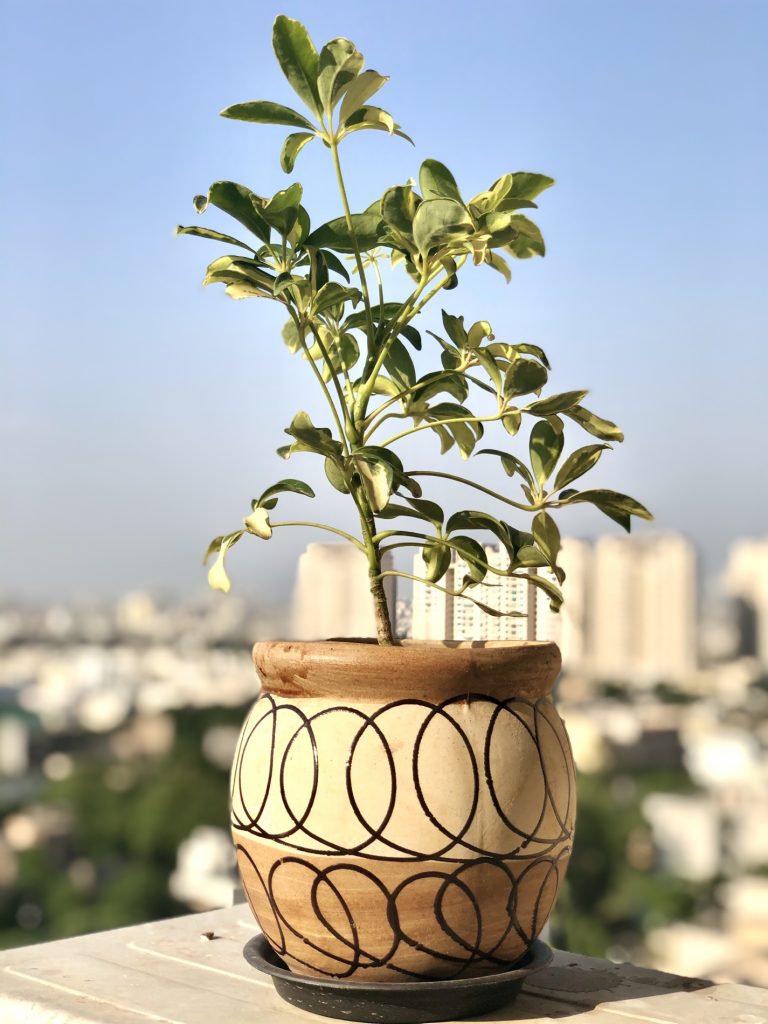Continuing my series, this post is about the Dumbcane plant that my wife has been neglecting for quite some time.
Dumbcane, scientifically known as Dieffenbachia Seguine is recognized for its striking variegated leaves, typically featuring shades of green and cream. It’s a popular choice among plant enthusiasts due to its ability to adapt to lower light levels. It is one of the most common plants that people have in their homes.
It is native to the tropical regions of the Americas.
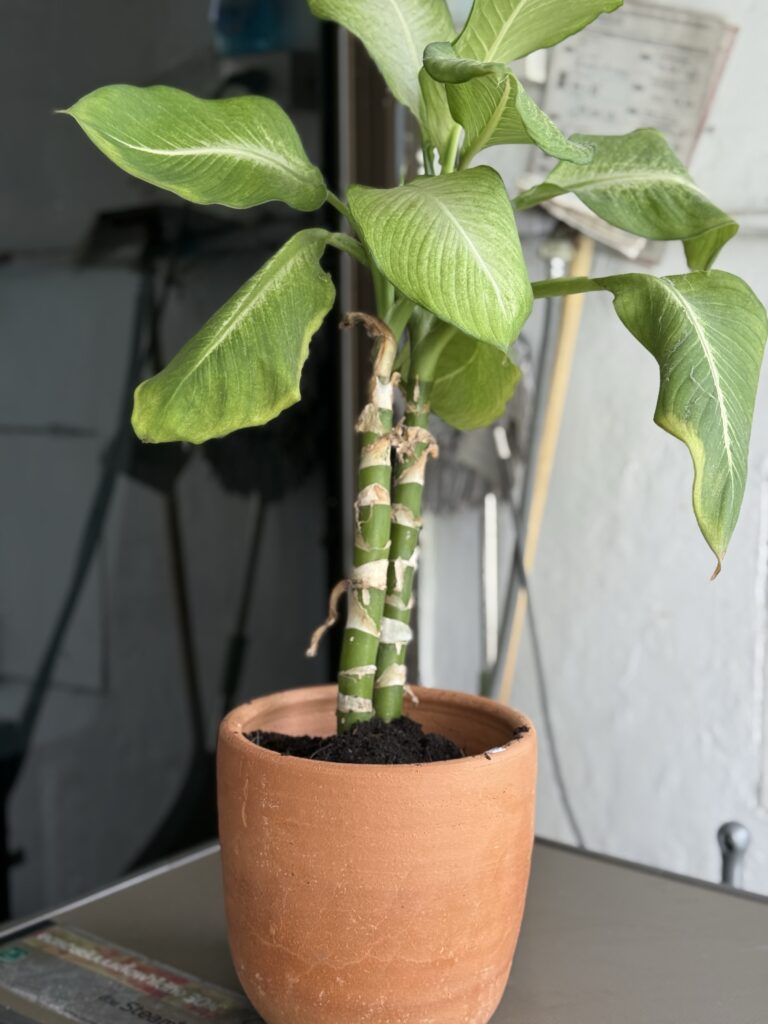
Although we have had it for quite some time, I recently took over its care, moving it to an earthen pot (from a black plastic pot, if you can believe it) and fertilising it. I have no idea where it came from.
I keep this plant in indirect sunlight. It lives in our south-facing balcony, in the summers and north-facing balcony in the winters, where it receives direct sunlight 1-2 hours a day.
The Dumbcane requires no maintenance at all, not even dead-leafing.
I water it twice a week; less, if it has rained.
I fertilise it every 2 months or when it shows signs of growth.
You can read more about this plant here.
It’s worth noting that this plant contains calcium oxalate crystals, which can be toxic if ingested. It’s always advisable to keep this plant out of reach of pets and small children.
